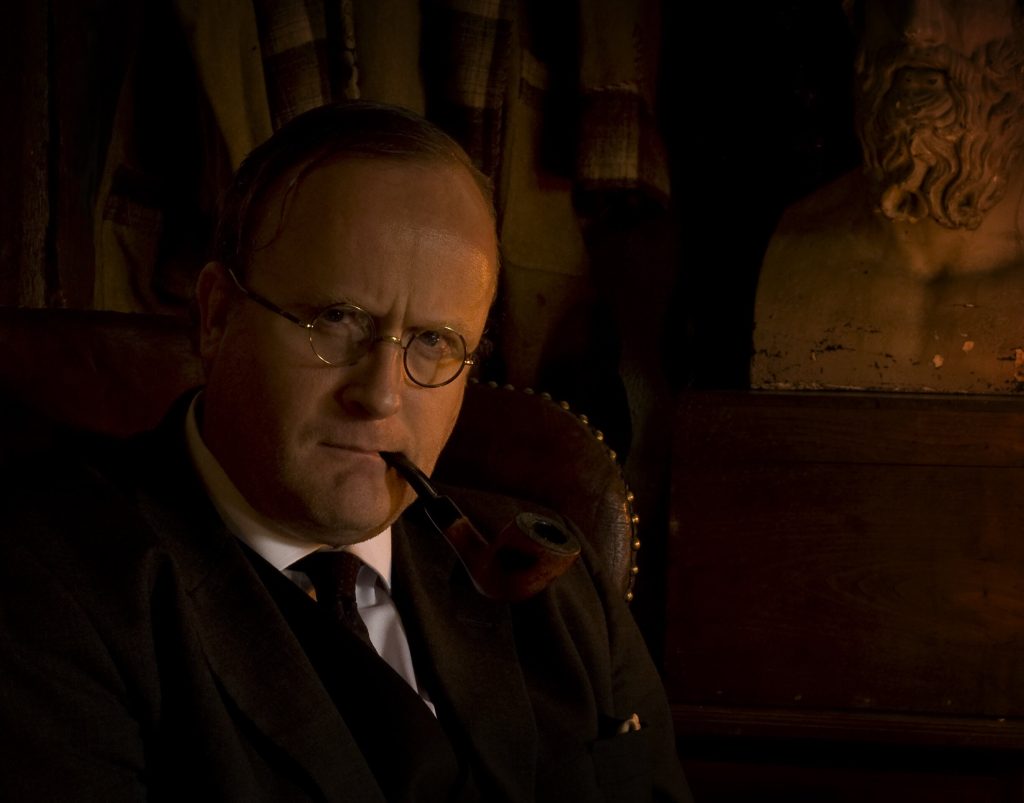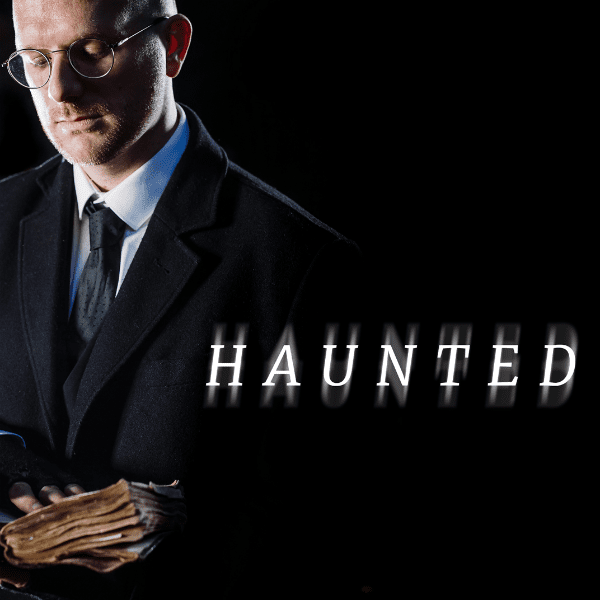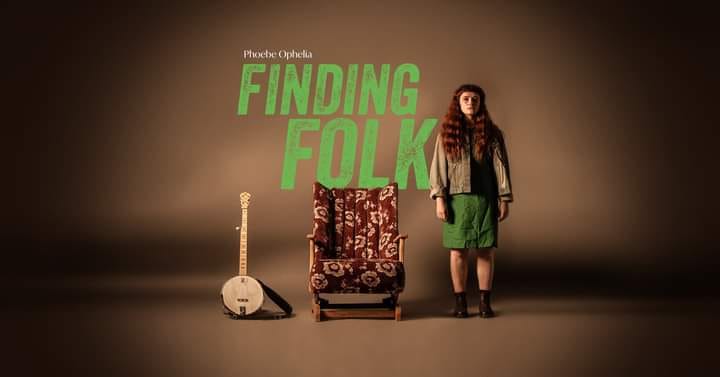Gravest Fears – Theatre Review- University of Sheffield (29 Oct 23)

We are off to see Nunkie Productions (https://www.nunkie.co.uk/) touring show of “Gravest Fears” as part of their M R James Project, spreading ghost stories through the land; those wonderous things that thankfully don’t ever die. The show is in association with the Enable Us Project at the University of Sheffield (https://performancevenues.group.shef.ac.uk/enable-us/) which has been showing […]
Haunted – “Influential horror stories dug up and made fresh” – The University of Sheffield Drama Studio (1st April 2023)

A review of “Haunted”, a theatre show brought by LittleMighty and Enable Us on 01/04/23 at the University of Sheffield’s Drama Studio. The show gives us a BSL friendly performance of the stories, “The Upper Berth” (F. Marion Crawford), and “The Monkey’s Paw” (W.W. Jacobs)
“Finding Folk” play – Sheffield University Drama Studio (5th August 2021) A Review

So after a pretty big hiatus for live events, we found ourselves trundling off to the Sheffield University Drama Studio to see the latest play “Finding Folk” by Phoebe Ophelia (http://www.phoebeophelia.com/finding.html). Centred on the life experiences of Ophelia (a young Lancashire woman who we find has suffered trauma within her family), the scene sets on […]